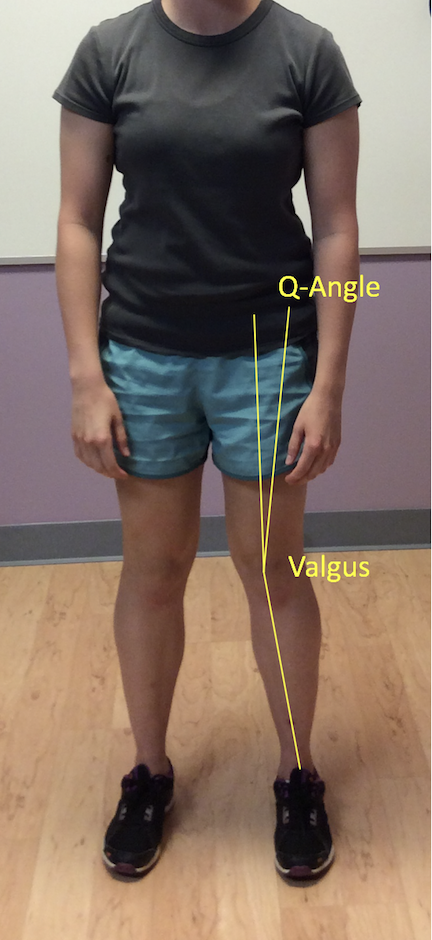
November is ACL Injury Prevention Month at IFAST, but I figured why wait. Let’s get started now!
Assessing The Risk of an ACL Injury
When we think of knee injuries, we often rewind the video in our minds of watching football on TV and an athlete suffering a traumatic injury from a vicious tackle or an awkward contact to the knee.
Interestingly, about 2/3 of all Anterior Cruciate Ligament (ACL) injuries are classified as non-contact injuries.
This means no vicious tackles, no awkward blows to the knee, and no physical contact whatsoever is required for a young athlete to suffer an ACL injury.
There are many theories in regard to what promotes the non-contact ACL injury. Here are some risk factors that have been identified.
Risk Factor 1: Cutting, pivoting, and jumping sports
Changing direction in sport requires that your foot is anchored to the ground to allow you to push off and change direction. Sports like basketball and soccer involve frequent and high-speed change-of-direction. It’s no wonder that there is a high frequency of non-contact ACL injury in these sport.
The reasoning is that such frequent cutting can often result the knee being placed the at-risk position for tearing the ACL. This is often referred to as a valgus or “knock-kneed” position where the knee is twisted inward.
Single-leg landings from jumping may also result in this at-risk position of the knee.
Risk Factor 2: Being a teenager
More ACL injuries occur in teenagers. It makes sense when you consider the number of teens who are active in pivoting and cutting sports. Most of these kids are playing for high school and club teams. There are fewer ACL injuries in the older populations merely because of the reduced participation in such sports.
Risk Factor 3: Being Female
While it seems somewhat unfair, being female increases the risk of an ACL injury.
There are many theories as to why from biomechanical causes such as the tendency for females to have wider pelvises which, in turn, alters hip and knee angles that may make the at-risk values position more likely.
There may be some structural difference (increased Q-angle of the hip) or hormonal differences that can influence an increased risk of ACL injury, but these have not been proven to any degree of certainty.
There does appear to be a difference in jumping and landing mechanics between male and female athletes that may influence increased risk. Males tend to land from jumping with more knee bend than females. If knee valgus increases on landing with a more straightened knee, there may be a greater likelihood of ACL injury.
Risk Factor 4: Previous ACL Injury and Reconstruction
A prior ACL reconstructive surgery increases the risk of ACL injury. It is actually just a couple of percentage points of increased risk, but it is an increase in risk none the less.
Prevention begins with identifying those athletes that may be at risk for an ACL injury. Starting this week, IFAST is offering a free screening of your young athlete to determine if they are at increased risk.
0 Comments
Join the conversation